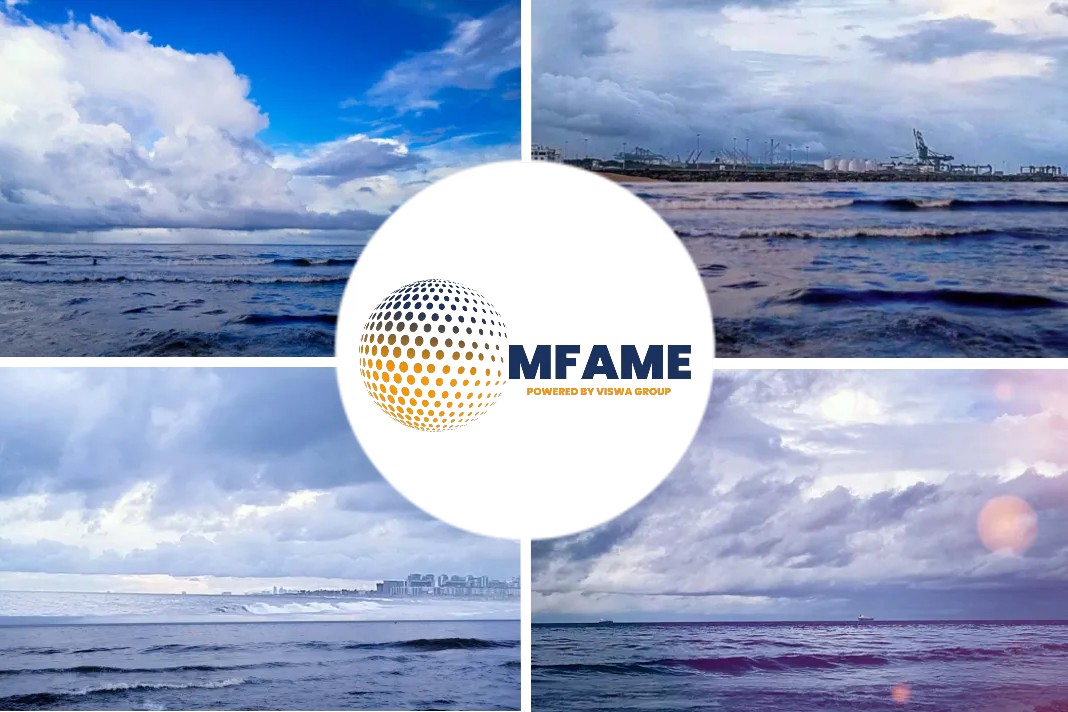
- EU negotiators have reached an agreement .
- It will pave the way for Europe to set up the world’s first levy on carbon-intensive goods entering its market.
- The so-called carbon border adjustment mechanism (CBAM) will mirror the EU’s own domestic carbon price.
It will initially apply to imports including iron and steel, cement, aluminum, fertilizers and electricity as well as hydrogen. The agreement was sealed the day after the G7 group of industrialized nations announced the creation of an “international climate club”, aimed at fostering greener industry.
A Crucial Pillar
“CBAM will be a crucial pillar of European climate policies. It is one of the only mechanisms we have to incentivise our trading partners to decarbonise their manufacturing industry,” said the European Parliament’s lead negotiator, Mohammed Chahim. Jozef Síkela, industry and trade minister for the Czech Republic, which ran negotiations on behalf of the 27 EU member states also welcomed the deal as a key part of European climate action. “This mechanism promotes the import of goods by non-EU businesses into the EU which fulfill the high climate standards applicable in the 27 EU member states,” he said.
The levy will be launched on 1 October 2023 for a test period that imposes only reporting obligations on the imports of goods covered by the scheme. After this transition period, the full levy will kick in. The levy will cover imports of iron and steel, cement, aluminum, fertilizers and electricity, in line with the European Commission’s initial proposal tabled in July 2021. Following Tuesday’s agreement, it will also cover hydrogen, indirect emissions under certain conditions and some downstream products.
Any companies importing these into the EU will have to buy certificates to cover the carbon emissions embedded in them unless they can prove they have already been accounted for by climate legislation in the producer country.
Expanded Scope
In the negotiations, the European Parliament pushed to expand the number of sectors covered by the levy beyond what the European Commission had suggested in 2021. Lawmakers succeeded in including hydrogen, which is mainly produced from coal in non-EU countries, according to a November paper from the EU executive that assessed the possibility of including more sectors.
The paper said that, while imports of hydrogen are currently quite low, they are foreseen to grow in the coming years and that “the introduction of hydrogen appears less complex than the inclusion of other sectors under consideration for an extension”. The European Parliament also succeeded in including processed products, such as screws and bolts and similar articles made from iron or steel.
Phase Out Date
Two of the major elements of the levy remain undecided. These are the timeline for when the levy comes into force and whether to compensate EU exports, which won’t be protected by the tariff. Both of these will be discussed in a “jumbo” round of negotiations later this week as part of talks to reform the EU carbon market.
“I am hopeful that, by this weekend, the picture will be complete for this mechanism,” said Nicu Ștefănuță, a Romanian MEP who negotiated on behalf of the centrist Renew Europe group in the European Parliament. Meanwhile, the industry is pushing hard for a gradual phase-out of free allowances and support for exports, warning that without this, the levy will fail to prevent businesses from relocating out of the EU.
Did you subscribe to our newsletter?
It’s free! Click here to subscribe!
Source: Edie






















Thanks for sharing. I read many of your blog posts, cool, your blog is very good.